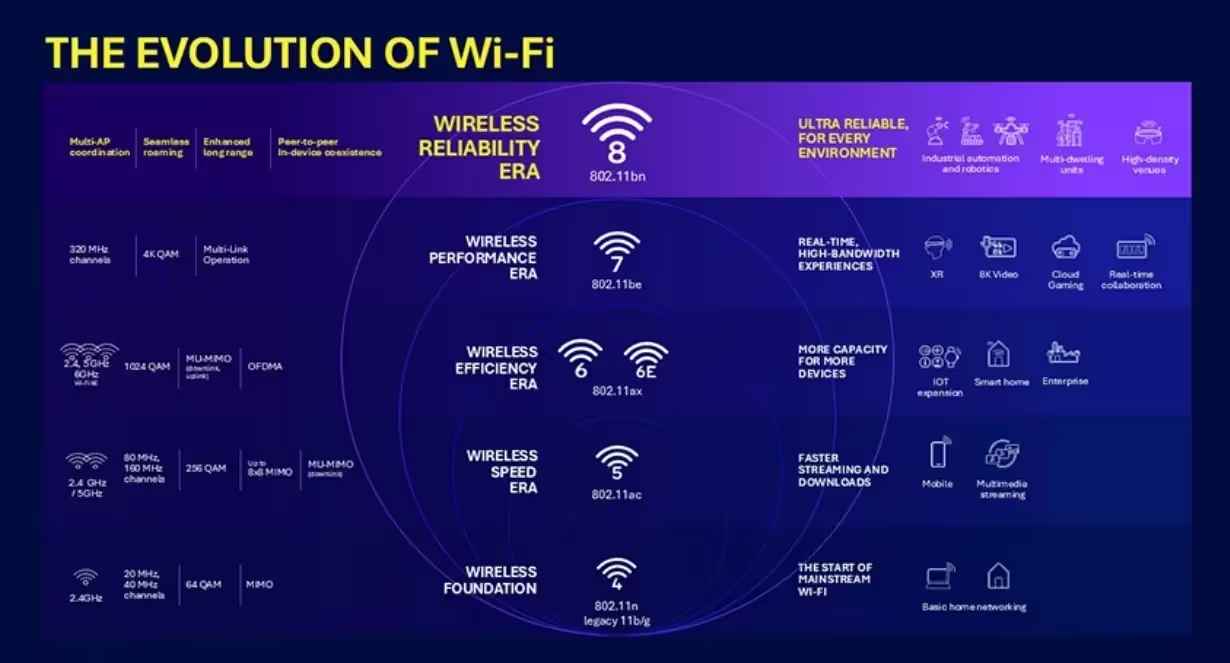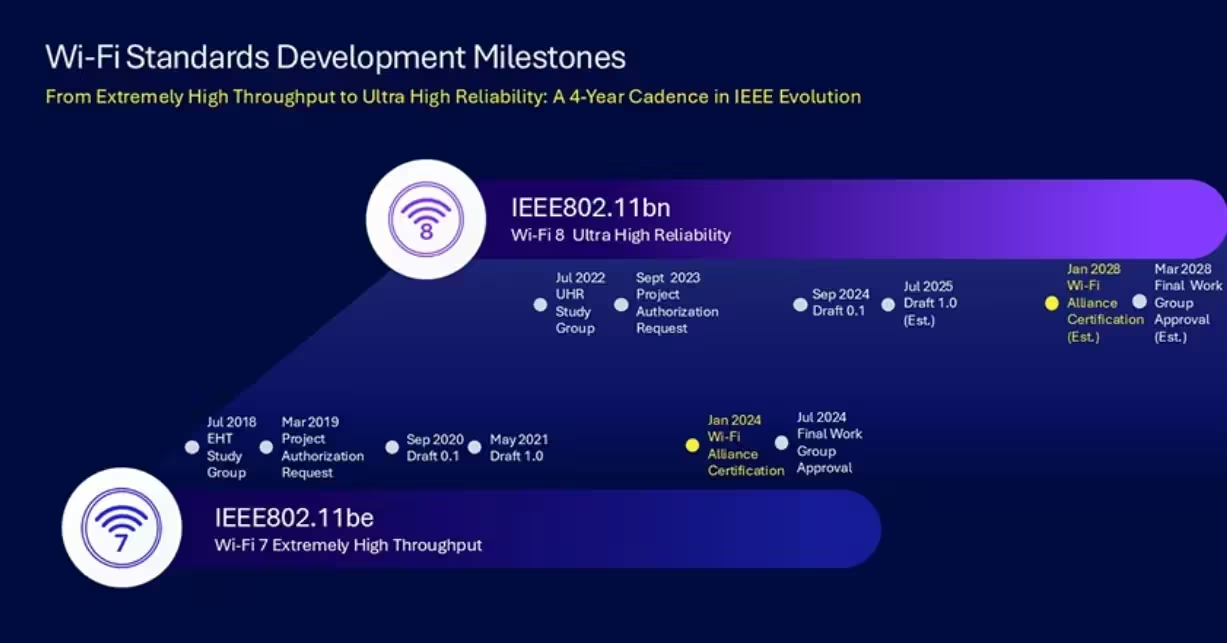4 Minutes
Qualcomm Unveils Wi-Fi 8: Prioritizing Stability in the Next Evolution of Wireless Networking
Wi-Fi technology has consistently pushed the boundaries of speed and bandwidth, but with the arrival of Wi-Fi 8, Qualcomm is charting a different course. In its latest announcement, Qualcomm emphasizes that Wi-Fi 8—the upcoming successor to Wi-Fi 7—will focus on providing rock-solid reliability across complex, real-world environments, rather than simply chasing ever-faster data rates.
Key Features: Seamless Roaming and Enhanced Reliability
One of the standout innovations in Wi-Fi 8 is "Seamless Roaming." This feature delivers a "once connected, always connected" experience, enabling devices to sustain uninterrupted and low-latency connections while moving between access points. The result is smoother transitions with no dropped packets, essential for streaming, gaming, and mission-critical applications that can't afford interruptions.
Wi-Fi 8 is engineered to maintain high performance even in less-than-ideal conditions—such as signal degradation caused by distance, physical obstacles, interference, or power limitations. Qualcomm has integrated advanced physical layer enhancements, boosting the network's ability to provide reliable coverage even at the farthest edges of your wireless range. This advancement ensures users get strong, high-quality connections, no matter where they are within a coverage zone.

Multi-Access Point Coordination: Solving High-Density Connectivity Challenges
With the explosive growth of wireless devices in environments like corporate campuses, apartment complexes, airports, and stadiums, traditional Wi-Fi networks often suffer from congestion and performance bottlenecks. Wi-Fi 8 tackles these challenges head-on with multi-Access Point (AP) coordination, allowing multiple access points to work collaboratively as a system rather than as isolated units. This teamwork means devices can seamlessly connect to the optimal AP in real-time, reducing the likelihood of attaching to distant nodes with weaker signals and providing a consistently fast and stable user experience.
Superior Coexistence with Multiple Wireless Radios
Modern gadgets pack several radio technologies—Wi-Fi, Bluetooth, Ultra Wideband (UWB)—into a single device, leading to potential coexistence issues as these radios compete for spectrum and antenna resources. Wi-Fi 8 introduces sophisticated in-device coexistence protocols that enable smoother operation even when different radios are active simultaneously. This ensures that your device can handle the temporary sharing of its antenna for other technologies without dropping or degrading the Wi-Fi connection.
Energy Efficiency and Responsiveness
Wi-Fi 8 goes beyond connectivity by incorporating energy-aware features that maximize battery life without sacrificing either performance or responsiveness. These intelligent power management capabilities are especially beneficial for always-on, always-connected devices like smart wearables, health monitors, and IoT sensors, ensuring they remain efficient and dependable during extended use.

Comparison: Wi-Fi 8 vs. Previous Generations
While earlier iterations such as Wi-Fi 6 and Wi-Fi 7 made headlines for greater throughput and lower latency, Wi-Fi 8 shifts the industry’s attention toward reliable, uninterrupted operation—addressing real-world scenarios that speed alone cannot fix. Now, stability, coverage, energy management, and seamless device mobility take center stage.
Use Cases and Market Impact
Qualcomm highlights Wi-Fi 8’s game-changing potential across a spectrum of environments: from smart factories and hospitals, to university campuses, homes, airports, stadiums, and transportation hubs. The technology is designed to support two major industry trends: the proliferation of next-generation personal devices like smart glasses and health wearable tech, and the rise of AI-powered systems that demand consistent, low-latency connections to access cloud and edge-based machine learning in real time.
Looking Ahead: The IEEE 802.11bn Standard
Expected to debut as the IEEE 802.11bn standard by 2028, Wi-Fi 8 is set to serve as the foundation for the next leap in wireless innovation. With its focus on reliability, seamless roaming, and energy efficiency, Wi-Fi 8 promises to be a transformative force—not just for consumers, but for industries and enterprises relying on powerful, always-on digital infrastructure.
Source: qualcomm


Leave a Comment